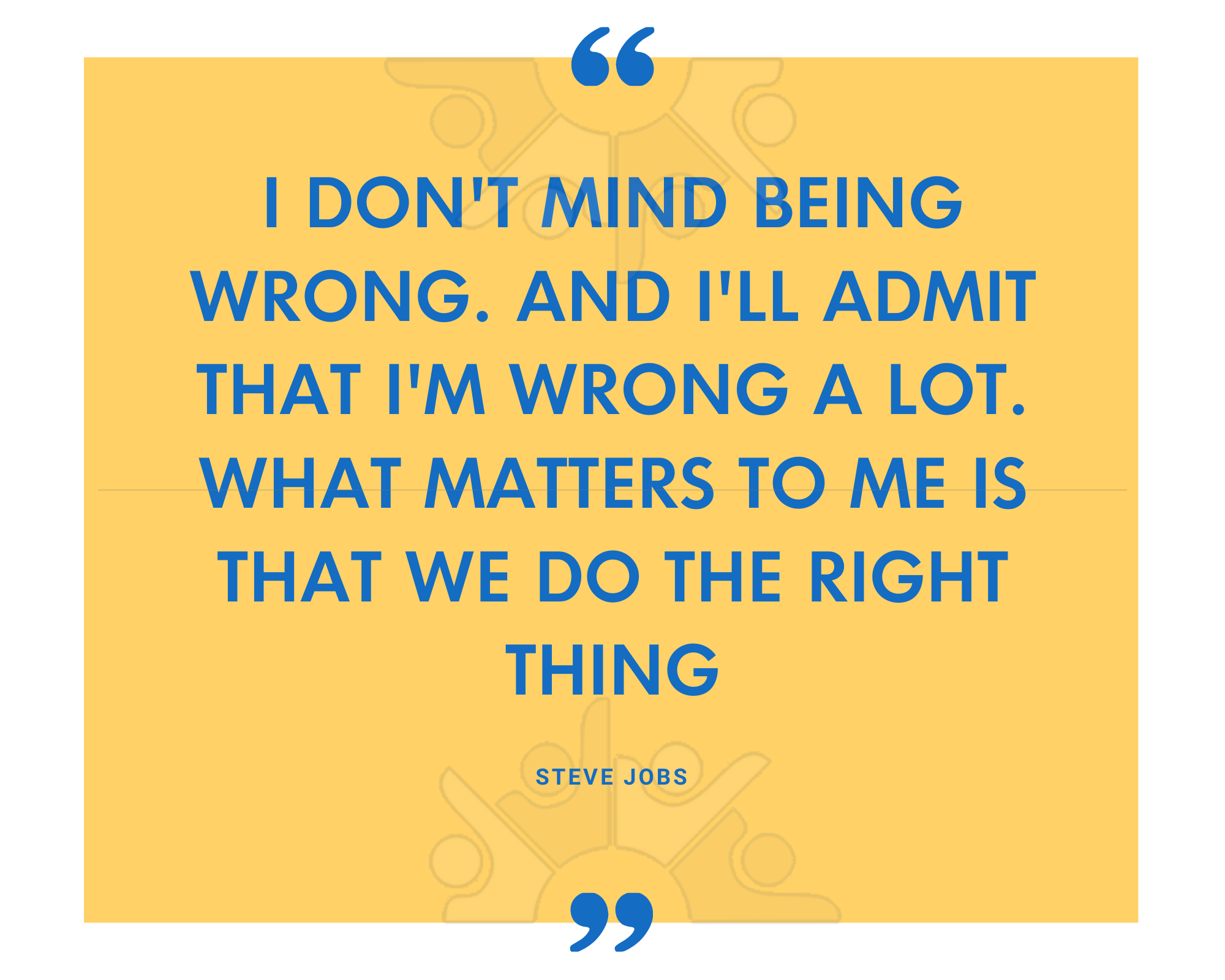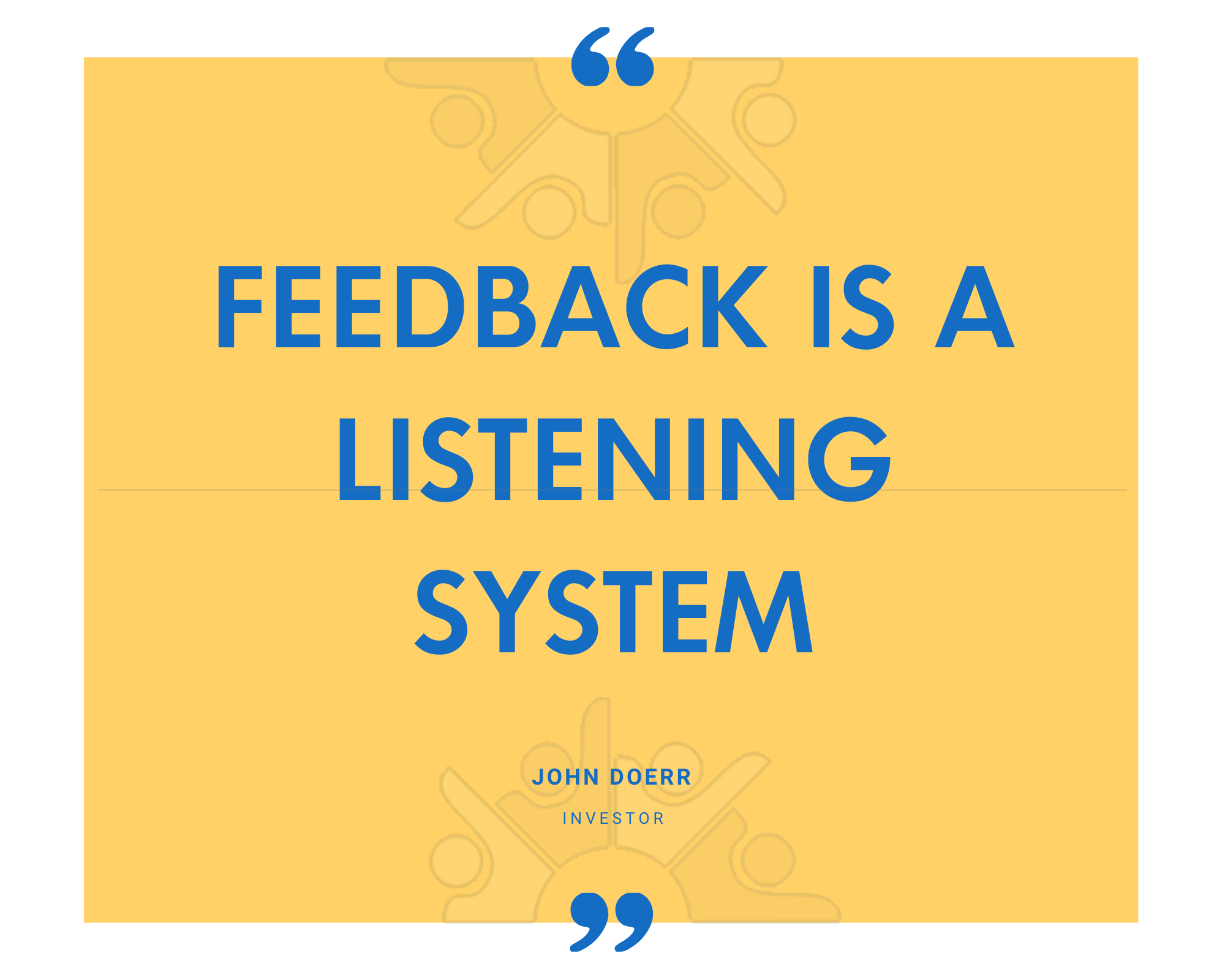Are you struggling to make the most of your company feedback systems? While giving and receiving feedback sounds simple in theory, in practice, HR managers and business leaders can face a wide variety of unseen hurdles which prevent their feedback from being reliable and constructive.
Whether it’s a lack of clarity and vision at the level of your company culture, psychological barriers or poor scheduling, here’s a guide to common hurdles to giving reliable feedback – and how you can overcome them.
 1. Poorly-defined company culture
1. Poorly-defined company culture
Often, a major obstacle to giving reliable feedback occurs because of a poorly defined company culture. A strong and clear culture provides the foundation upon which your performance management strategy should be based, and if this is lacking your company’s values and the expectations from your employees won’t be understood.
Establishing a culture based on constantly evolving teams and employees is one effective way to ensure that reliable feedback is regularly given. At Netflix, Patty McCord – co-creator of the Netflix culture deck and author of Powerful – used the metaphor of the company as a sports team, rather than a company or family. This allows team leaders to continually look for talent, re-configuring teams when necessary and making sure high performers are visible so they can be placed in the optimal roles.
2. Rigid hierarchy
A rigid, top-down company hierarchy can be one of the most obstinate obstacles for HR managers and business leaders to give effective and reliable feedback. While complete flat hierarchies are something of a myth in the workplace, nevertheless moving towards a more fluid approach to the chain of command can help significantly with improving how feedback is given and received.
It is increasingly common for top-performing companies to cascade their Objectives and Key Results (OKRs) up and down the company hierarchy in order to grant greater exposure of company targets to the wider workforce. Whenever feasible, doing the same for your feedback and aligning this with your OKRs via a performance management tracking suite can help you to overcome some of the hierarchical obstacles common in many businesses.

3. Anonymous feedback
There is a time and place for anonymous feedback. While they provide employees with an opportunity to offer their thoughts without fear of sanction, open and attributable contributions to feedback allow for managers and employees alike to enter into a more constructive dialogue.
It’s something of a myth that anonymity encourages truthfulness (as Patty McCord puts it succinctly, “Truthful people are truthful in everything they do”). If you don’t know the source of the feedback, it’s impossible to put the comments into context of the work they are doing, who their manager is, and so on. For the most effective and reliable feedback, keep it open and attributed.
4. Fear of speaking out
Anonymous feedback is often a first solution to the problem of employees fearing to speak out. Some companies, particularly those with rigid hierarchies, inhibit the free flow of feedback and ideas and as a result, can miss out on potential innovations and solutions.
Leaders should make it clear that employees should never withhold questions or pertinent information from their direct superiors, and should demonstrate their capacity for accepting disagreements and bad news, actively seeking it whenever necessary. A study from Deloitte showed that 70% of employees, in a wide variety of sectors, “admit to remaining silent about issues that might compromise performance,” so removing this hurdle will improve feedback as well as build trust.
5. Poor scheduling
Failure to maintain regular check-ins and 1-2-1 due to scheduling issues is perhaps the most common obstacle for HR managers and leaders to overcome. When something comes up at the last minute. Rescheduling – or perhaps cancelling – planned check-ins and catch up meetings is often the first response.
Leaders should avoid the temptation to cancel regular feedback meetings unless it is unavoidable. If you want your feedback to be reliable, demonstrating that you place employee feedback high on your list of priorities gives them confidence that you are also reliable and value their input. Tracking and updating your schedule in a performance management and HR tool can help you avoid clashes and ensure reliable feedback continues to flow.
6. Psychological hurdles

You should also check your own thinking for cognitive biases which may be impeding your ability to give reliable feedback in a constructive manner. Some cognitive biases to watch out for include:
Horn and Halo Effect
If your overall impression of an employee is that their performance is amazing/awful, this viewpoint may cloud your judgement when new information arises pointing to the contrary. Try to take a clearer, evidence-based view of the current feedback requirements.
Recency Effect
Recalling primarily the most recent things an employee has done can distort their overall performance, weighing your opinion disproportionately.
Central Tendency
This dynamic sees leaders playing it safe when giving employee performance feedback, for instance by rating employees close to the midpoint.
Fundamental Attribution Error
This occurs when you either pay too much attention to an employee’s ability, rather than the specific event/context which affected their performance, or vice versa.
Availability Bias
Mistaking what easily springs to mind about someone rather than the actual repeated behaviour which needs to be addressed.
7. Inadequate performance management tools
Logging, updating and tracking employee feedback is essential if you want to get the most out of it, and using a performance management suite to both schedule your feedback sessions and input the results means that you’ll have instant access to the data. Without these tools, managers are likely to become swamped in a sea of never-ending paperwork.
With companies with a workforce spread across multiple locations and an increasing number of contractors and other remote workers entering the workforce, companies with a unified performance management suite capable of functioning on desktop and mobile devices are at a distinct advantage over their competitors and are able to deal with feedback immediately.



 1. Poorly-defined company culture
1. Poorly-defined company culture

